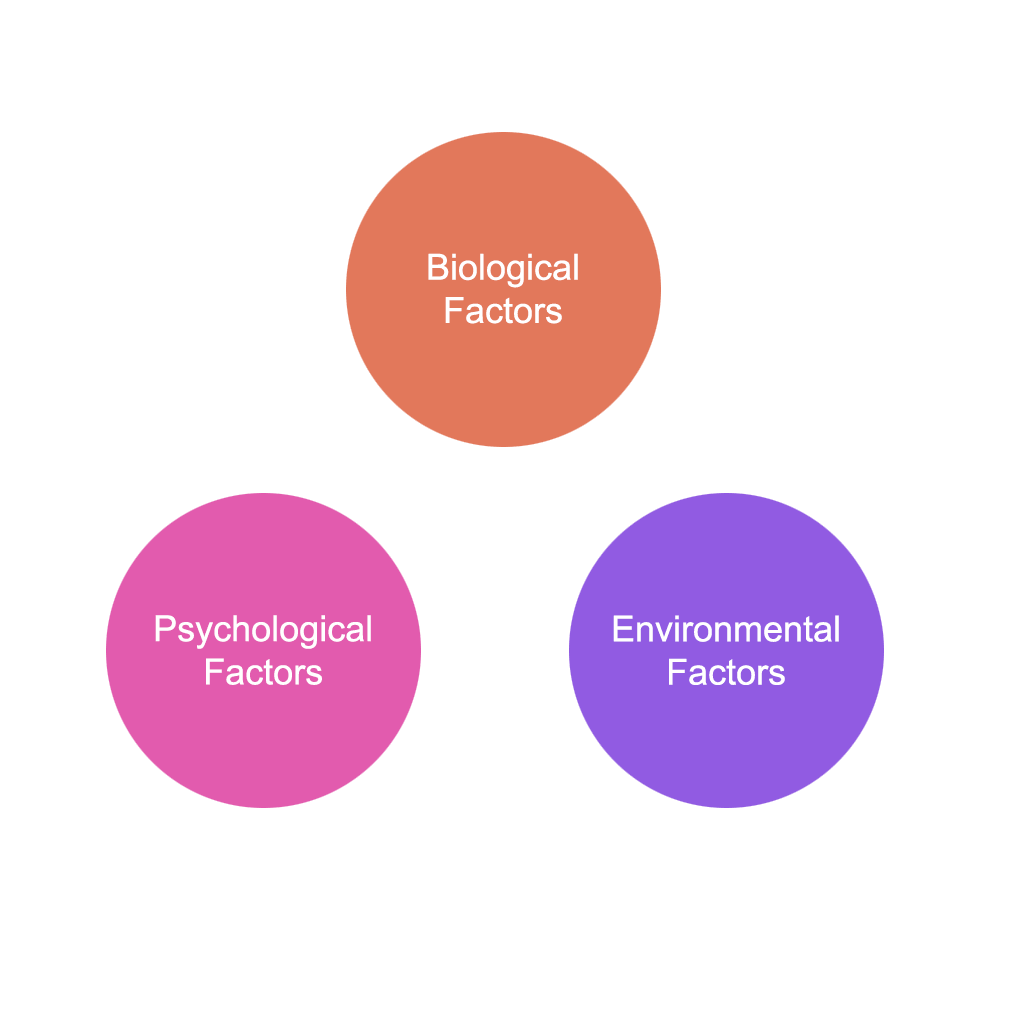Define Inhibition Theory and Arousal Theory.
Inhibition theory and Arousal theory both theory developed by Eysenck. Let us see both of the theory in details:
Inhibition Theory.
Inhibition theory developed by Eysenck attempted to explain why people with different personality dimensions act differently from one another. As per Eysenck, people are introverts or extroverts because of hereditary factors which are generated in the cerebral cortex of the central nervous system.
Based on studies by Pavlov (1927) and Tephlov (1964), he concluded that extroverts need a lot of stimulation to get excited, in fact they do not get excited very easily and are not very self conscious (strong inhibition). On the contrary, introverts cannot tolerate high levels of excitement and are highly self conscious (weak inhibition).
The brain of extroverts need a strong stimulus, that is why they look for excitement, go to parties, Make new friends, and like to attend meetings, etc. Introverts brains being cortically aroused react very strongly to even weak stimulus, so their toleration levels are quite low, causing them to remain aloof and seek pleasure in activities like reading, playing chess, writing, etc.
Arousal Theory:
The arousal theory of Eysenck has been found to be more useful than inhibition theory. Inhibition and excitation in that theory were not easily assessable. This theory seeks to explain the physiological reasons behind the differences in individuals who have personality types extroversion/introversion and neuroticism/stability.
This theory attributes differences in behaviour patterns to a network of fibres going upward from the lower brain stem to the thalamus and cortex. This portion of the brain is known as the Ascending Rreticular Activating system (ARAS).There are some other fibres which grow downwards from the lower brain stem. They have effect on the activities of the bodily muscles and autonomic nervous system and also the activity of the brain stem.
This establishes a two way relationship between the ARAS and the cortex, they influence each other.
ARAS → activates cortex
Cortex → inhibits or increases excitability in ARAS
Eysenck states that introverts get easily stimulated and are react more to stimulation than extraverts. In the arousal theory he states that it is the visceral brain or limbic system that causes a person to become a neurotic.
Emotions are aroused in the hippocampus, amygdale, cingulum, septum and hypothalamus parts of the visceral brain. The visceral brain and ARSA have partial bearing on each other and the visceral brain can cause cortical and autonomic arousal. These activities stimulate the sympathetic nervous system, causing increase in heart rate, breathing rate and indigestion. The sympathetic nervous system of highly neurotic people is very responsive and the tolerance levels of their visceral brain for activity is very low, so they overreact even to small stimulus.



